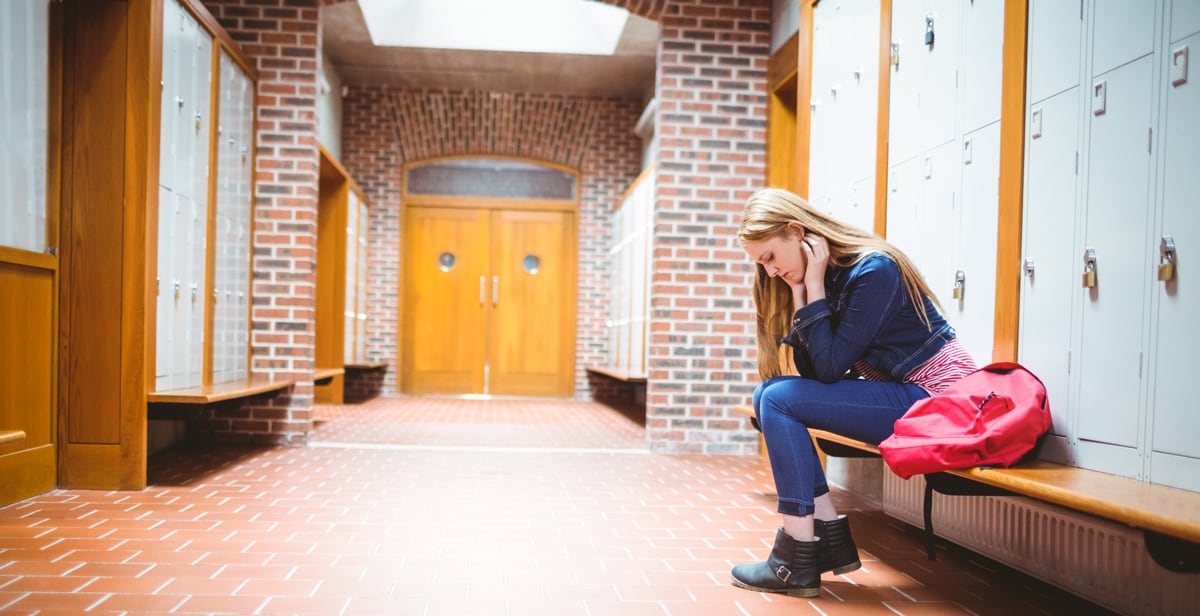COVID Experiences Surveys (CovEx)

The COVID Experiences Surveys (CovEx) are a pair of national surveys that were developed to help monitor and understand the impact of COVID-19 on the physical health, mental health, and emotional well-being of children and adolescents, and their parents or caregivers.
About CovEx
CDC designed the COVID Experiences Surveys (CovEx) in collaboration with NORC at the University of Chicago. CovEx used a cohort design with samples drawn from the AmeriSpeak and AmeriSpeak Teen panels, which were created to be population-based, representative samples of U.S. households. Surveys were administered to parents of children ages 5-12 years (to gather information on both the parents’ experiences and their children’s experiences) and to adolescents ages 13 to 19 years.
The parent and adolescent surveys were conducted in fall 2020 and repeated with the same respondents in spring 2021.

The CovEx surveys explored how the following factors had been affected by COVID-19:
Children ages 5–12 years (as reported by their parent)
Children ages 5–12 years (as reported by their parent)
- Physical and mental health
- Emotional well-being
- Health services
- Educational services
- Health-promoting activities and behaviors
- Psychosocial stressors and adverse experiences
- Physical and mental health
- Emotional well-being
- Health services
- Educational services
- Health-promoting activities and behaviors
- Psychosocial stressors and adverse experiences
Adolescents ages 13–19 years
Adolescents ages 13–19 years
- Physical and mental health
- Parental monitoring and communication
- School and family connectedness
- Experiences with racism
- Health services (delayed, access to)
- Psychosocial stressors and adverse experiences (injury, violence)
- Substance use
- Physical and mental health
- Parental monitoring and communication
- School and family connectedness
- Experiences with racism
- Health services (delayed, access to)
- Psychosocial stressors and adverse experiences (injury, violence)
- Substance use
Parents of children ages 5–12 years
Parents of children ages 5–12 years
- Experiences with COVID-19
- Psychosocial stressors, coping, and resilience
- Access to health and educational services for child
- Experiences with COVID-19
- Psychosocial stressors, coping, and resilience
- Access to health and educational services for child
Key Findings
- Adolescents attending school virtually reported poorer mental health than those attending in person or through combined (virtual and in-person) instruction.1
- Nearly one-third of adolescents experienced a new Adverse Childhood Experience between fall 2020 and spring 2021.2
- Parents of children receiving some form of virtual instruction more frequently reported that their child’s mental or emotional health worsened during the pandemic and that their time spent outside, in-person with friends, and engaged in physical activity decreased. 3
- Pandemic-related stress made adolescent mental health, childhood adversity, and depression worse.4
- Approximately a fifth of adolescents and children did not receive necessary health care over an approximate 6-month recall period in 2021 during the pandemic.
CovEx Publications
The CovEx surveys have resulted in the following publications:
- Adolescent Mental Health, Connectedness, and Mode of School Instruction During COVID-19
- Adverse Childhood Experiences (ACEs) Among US Adolescents Over the Course of the COVID-19 Pandemic
- Association of Children’s Mode of School Instruction with Child and Parent Experiences and Well-being during the COVID-19 Pandemic — COVID Experiences Survey, United States, October 8–November 13, 2020 (COVEX)
- Associations between Adverse Childhood Experiences and Pandemic-Related Stress and the Impact on Adolescent Mental Health during the COVID-19 Pandemic